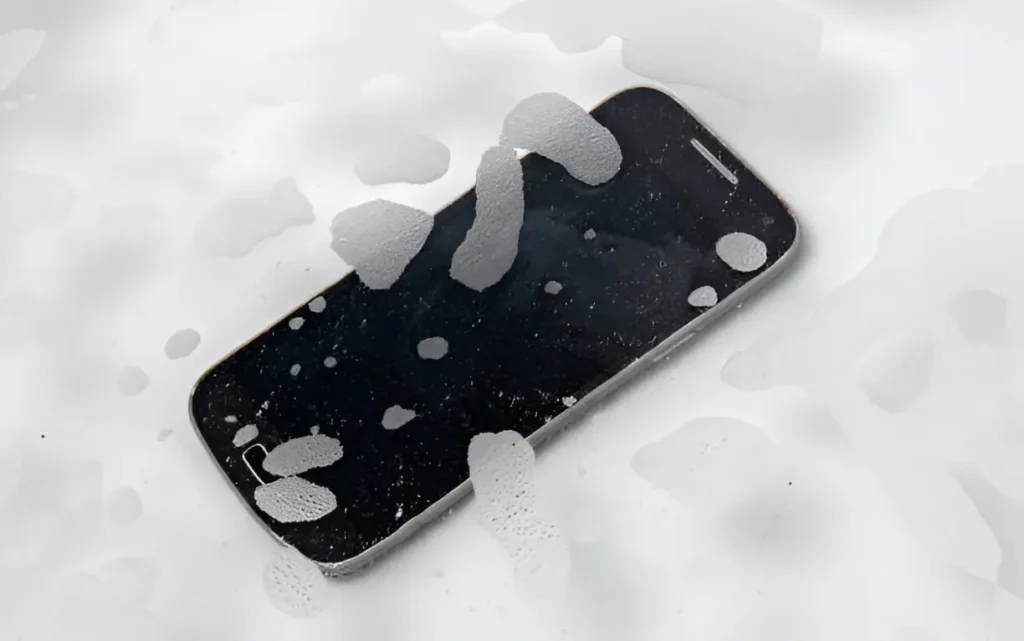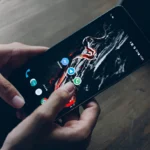Modern smartphones come with varying degrees of dust and water resistance — from low to very high, capable of keeping the gadget “alive” even after prolonged submersion. A phone’s resistance to H₂O and dirt is indicated by its IP rating in the specifications. Keep reading to learn if your phone is truly protected and what to do if something wrong happens.
The Two Important Numbers
The international classification for protection against moisture and dust is a system of IP codes, where IP stands for Ingress Protection. The letters are followed by two digits: the first indicates the level of protection against dust, and the second against water.
The first digit can range from 0 to 6, where 0 means no protection at all, and 6 is the highest class, protecting the device from even the finest dust particles.
The degree of water resistance is indicated by digits from 0 to 9, where 0 means no protection, and 9 signifies protection against high-pressure, high-temperature water jets.
The level of dust and water resistance in modern smartphones is often reflected in the price: the higher the protection, the more expensive the device. Budget models rarely boast a rating higher than IP54 (protection against splashes from any angle), while flagships typically have an IP67 or IP68 rating, allowing the gadget to “survive” short-term or even prolonged immersion in water.
How Smartphones Are Protected
Manufacturers achieve high levels of dust and water resistance by installing special sealed connectors and rubber gaskets around the phone’s ports, buttons, and other openings.
Some devices are also treated with hydrophobic coatings on the inside and outside, and waterproof adhesives are used to protect electronic components and reduce the risk of corrosion.
It’s important to know that manufacturers’ guidelines typically refer to fresh water. Saltwater is a much more aggressive environment and significantly reduces the safe exposure time for the gadget.
The same applies to other liquids, such as coffee, soda, or juice. If you accidentally spill such a drink on your smartphone, simply wiping it externally and relying on the seals and hydrophobic protection is not enough. It is recommended to immediately rinse the gadget with water and then dry it thoroughly for a few hours.
If Your Hand Slips
Imagine you’re playing at a live casino on your phone and finally win a few hundred bucks. You get so excited that you drop your phone. In case it ends up underwater, just follow these steps:
- Turn off the device as quickly as possible; if possible, remove the battery.
- Remove the case, screen protectors, SIM cards, and memory cards.
- Gently shake the phone once or twice to remove large droplets, then wipe it with paper towels. Place it on a dry, absorbent surface (paper towels work well) and let it dry for 24-48 hours.
- After this, you can try turning the gadget on, or take it to a service center where a qualified specialist can assess its condition after its “underwater journey.”
It is not recommended to charge the device, attempt to disassemble it yourself, put it in the freezer or oven, or try to dry it with a hairdryer. The magical properties of rice are also greatly overstated: at best, it will absorb moisture that could be removed more quickly and effectively with paper towels.
If the phone malfunctions after contact with water, a technician at a service center will know by checking a special internal indicator, which changes color upon liquid contact. Only after such a consultation can you visit a store to get a new phone.
Also read-



